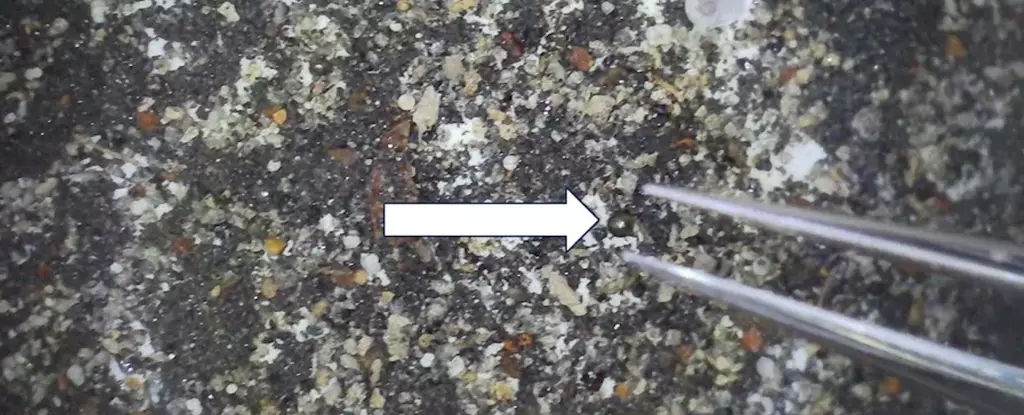The idea of interstellar material reaching Earth is a fascinating concept that has captured the imagination of scientists and the general public alike. However, a recent study led by Avi Loeb and his team claiming to have found interstellar material on the ocean seabed has been called into question by new research. The original study was based on a 2014 meteor that entered the Earth’s atmosphere near Papua New Guinea, but the evidence supporting its interstellar origin appears to be flimsy at best.
Loeb’s team discovered small, iron-rich spheres known as spherules on the seafloor near Papua New Guinea, which they believed to have an interstellar origin based on their composition. However, a closer examination of the isotope distribution of these spherules revealed that they are not as unique as initially thought. In fact, the isotope ratios found in the spherules are well within the range of values typically observed in objects originating within our Solar System.
The new study revealed that the spherules discovered near Papua New Guinea are likely of local origin, having been formed from a known impact event that occurred 790,000 years ago. The region in which these spherules were found is part of the Australasian tektite strewn field, which spans across southeast Asia to Antarctica and is known to have been caused by a large impact event. Further analysis of other isotope ratios confirmed that these spherules are consistent with other known Australasian tektites, providing strong evidence for their local origin.
While the discovery of interstellar material on Earth would undoubtedly be groundbreaking, the current evidence does not support the presence of such material in the spherules found near Papua New Guinea. The odds of these spherules being of interstellar origin are less than 1 in 10,000, suggesting that they are most likely of local origin. This does not negate the possibility of interstellar meteorites existing on Earth, but it does cast doubt on the validity of claims suggesting their presence without sufficient evidence to support them.
Despite the findings of this new study, the search for interstellar objects on Earth should not be abandoned. With advancements in technology and continued exploration of our Solar System and beyond, it is entirely possible that we may discover genuine interstellar material in the future. It is essential to remain vigilant and open-minded in our search for clues to the mysteries of the cosmos, always questioning and analyzing the evidence before drawing any definitive conclusions.
While the allure of interstellar material on Earth is undeniable, it is crucial to approach claims of its discovery with skepticism and scrutiny. The scientific method requires rigorous testing and verification of hypotheses, and the recent study debunking the presence of interstellar material in the spherules near Papua New Guinea serves as a reminder of the importance of critical thinking in the pursuit of scientific knowledge.



Leave a Reply